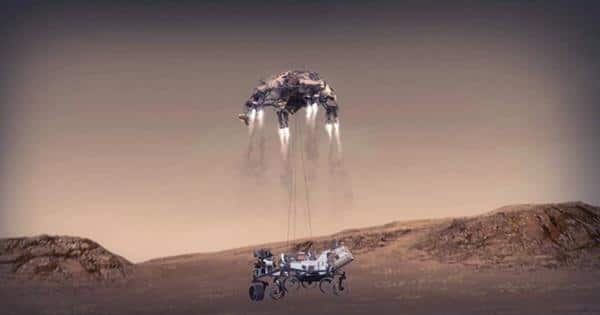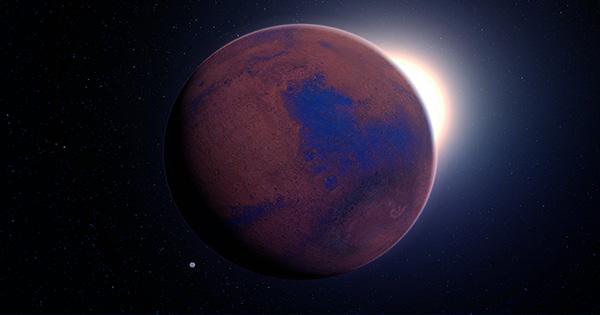When it comes to space missions, landing on another planet carries an almost as high risk. Today, February 18, NASA is going to try to land the rover of Mars and its sidekick, helicopter invention, on the surface of the Red Planet – and you can unravel the historic event as it happened. It is difficult to land a spacecraft on another planet. NASA has a 40 percent success rate and is still the only space agency to have successfully landed a mission to Mars (which did not die later). Could it repeat this success again? Join us as soon as we bite our fingernails and cut the “terror of terror minutes” until we are convinced that perseverance and stealth have landed safely and the search for the well-being of the new generation will begin.
Still the most sophisticated rover, perseverance will become integral to the search for our life on Mars, not only looking for the sights and sounds of the Red Planet, but also looking for a few soil samples to send home to Earth. The invention of the helicopter is a historic historical first that it will be the first substance to be tested flying on Mars. If successful, future drones could used to scout or explore dangerous areas for astronauts.

What is the plan?
Launched in July 2020, due to perseverance and stealthy landing inside the 45-kilometer (28-mile) wide Jezero Crater, the EST on Sunday (at 8:55 p.m.) was not near the robotic Curiosity and Insight, the selected landing site UTC / GMT 18) in 2021.
At 3:38 a.m. AST (8:38 pm UTC), about 10 minutes before entering the Martian atmosphere, the cruise stage will be separated from the shell carrying perseverance. At 3:46 a.m. (6:48 p.m. UTC) will enter the atmosphere with perseverance, wireless access, descent location, and the start of the landing episode known as “7 Minutes of Terror” when events can reach Earth faster than radio signals – meaning craft. Exists on its own and we will not know if it survives until the next signal points to solid ground. It takes 11 minutes to get a radio signal from Mars, so when we find out it will already be on the ground.
In these 7 minutes, the spacecraft will reach the top of the Martian atmosphere at a speed of 20,000 kilometers per hour (12,500 miles per hour). A thermal shield will help protect it and slow its emergence. About 11 kilometers (7 miles) above the surface, at 3:52 (8:52 pm UTC), the spacecraft will place its 21.5-meter (70.5-foot) parachute. The shield of heat will go down and show perseverance in the Martian environment, which will begin to spread photographs of his new Martian home. This episode will see the perseverance with the rocket-powered sky crane safely landing on the surface of Low Planet at 3:55 (8:55 pm UTC), where we all let out a huge sigh. NASA hopes to share the first images in about 5 minutes.
How to watch
NASA is streamlining the whole thing. NASA TV broadcast from Mission Control starts at 2:15 pm EST (7:15 pm UTC / GMT). You can persevere on Twitter to follow live as well and keep up to date on important moments.
What happens next?
We have a celebration drink. Although we should diligently get the first picture of what we will see in a few minutes, it will not immediately begin its first test. The rover will spend the first few days in Jezero trending about crawler images, checking instruments and updating its software. The persevering team around the world is hopeful that we will get the first low-resolution video footage in a few days, where it may be possible to get some actual landing footage together for the first time, including audio.
Equipped with cameras, microphones, sophisticated equipment and a helicopter, perseverance to unravel the mysteries of Mars that never existed before, possibly once and if the great prospect of finding life outside of Mars – assuming it landed successfully That’s it. No, pressure no perseverance, no pressure.














